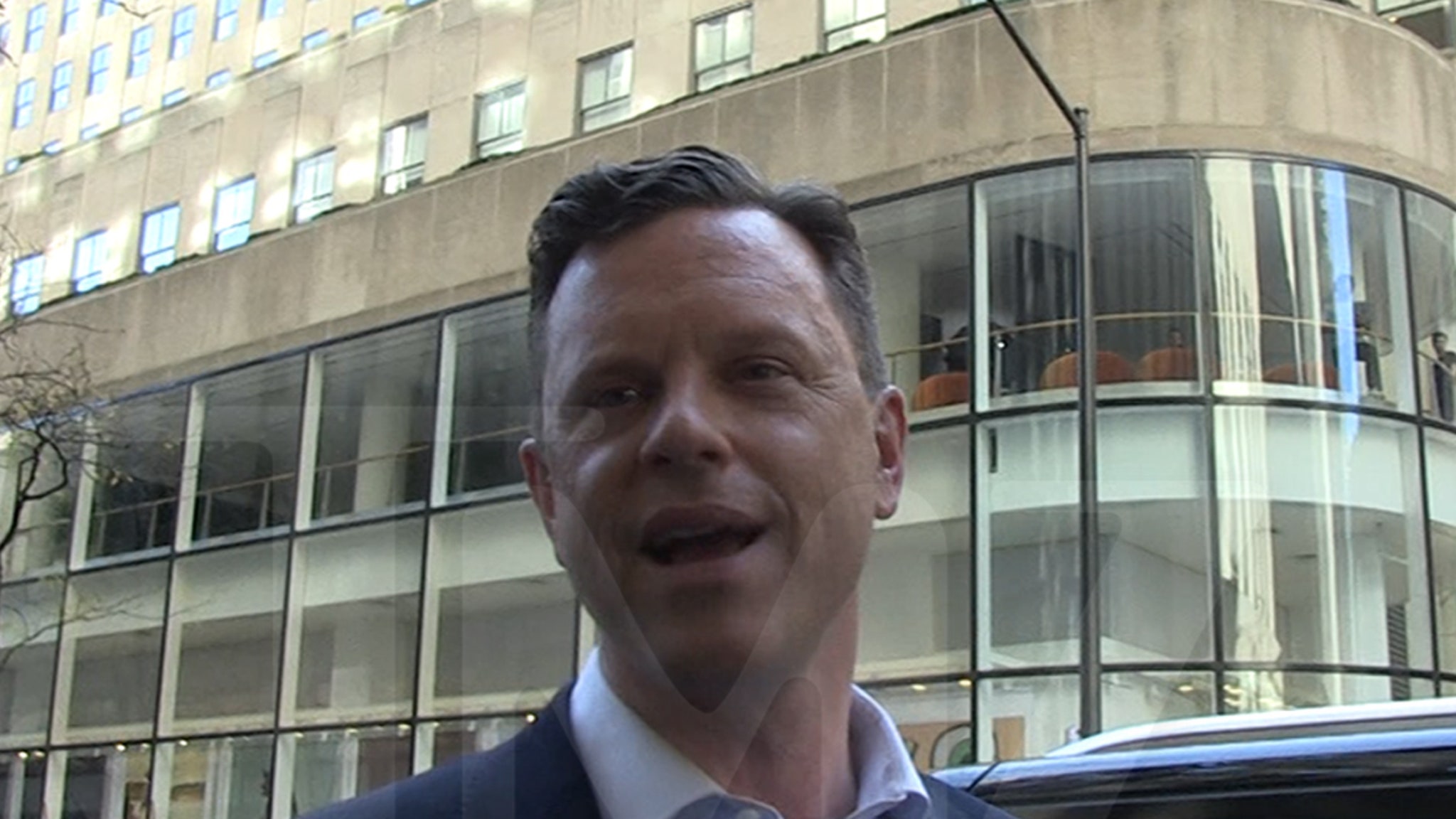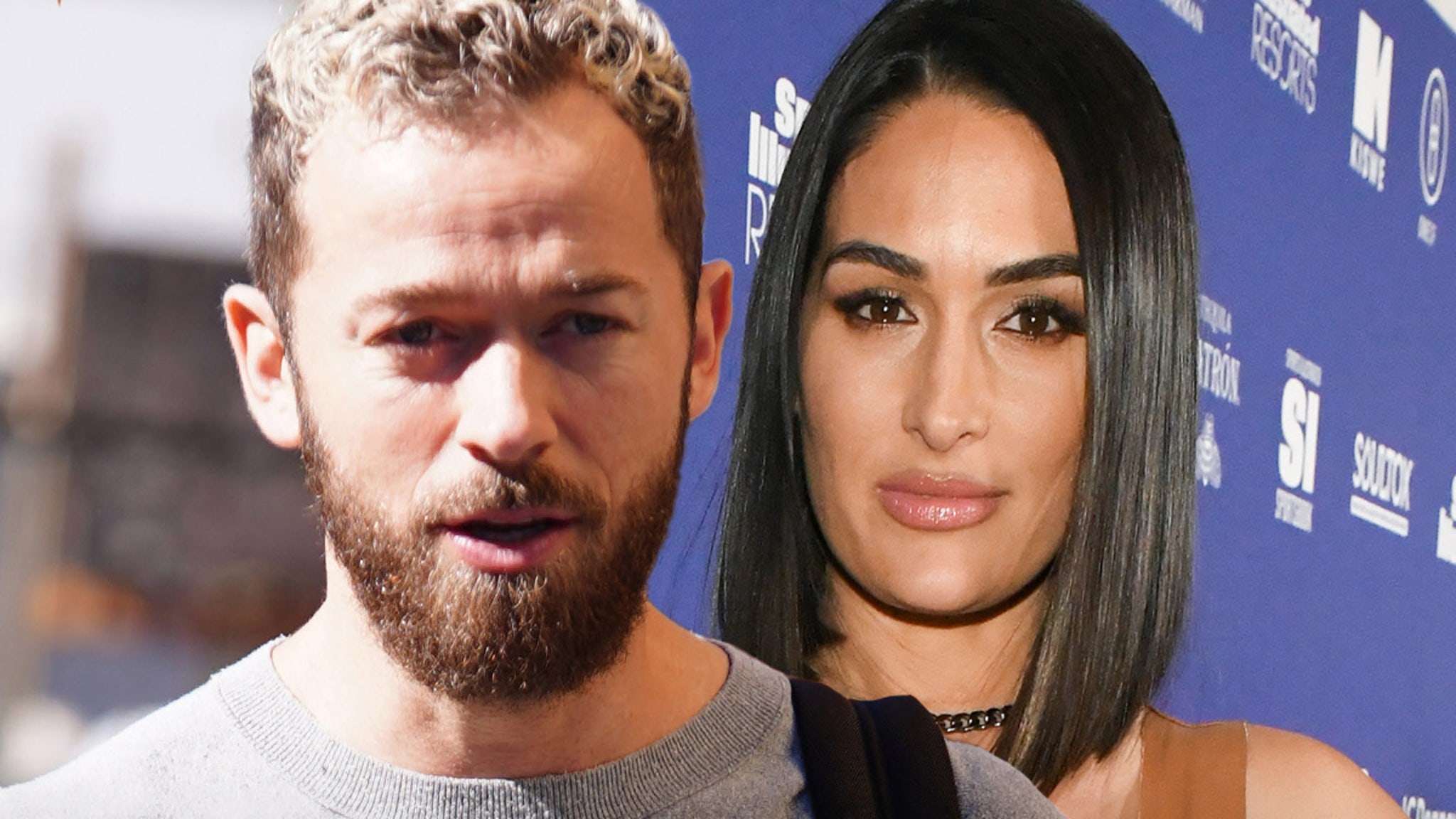Entertainment
Why Are So Many DWTS Pros Mormon? Utah Ballroom Culture Explained

More than 30 seasons into Dancing With the Stars, there’s still one question that Us needs answered: Why are so many ballroom dancers Mormon?
When the reality competition premiered in 2005, viewers across the U.S. were introduced to the beauty of traditional ballroom and Latin dance styles from the Viennese waltz to the Argentine tango. Celebrities of all backgrounds — Olympic champs, former child stars, musicians and beyond — joined forces with pro dancers hoping to win over both the panel of esteemed judges and millions of voters watching from home.
As the seasons continued, professional partners came and went, but there was a common thread that connected several of the dancers. Derek and Julianne Hough, Lindsay and Rylee Arnold, Witney Carson, Jenna Johnson, Brandon Armstrong and more hail from Utah, and many were raised in the Mormon faith.
“There’s nothing else to do,” Armstrong, 30, teased during an interview on the “Lightweights” podcast in October when asked about Utah’s prevalence in ballroom dance culture. “What else do you do? You talk about our biggest cities, like Salt Lake, ain’t nothing there. … You play sports, go to school, date super young — these guys get married when they’re 19, 20 years old — and then you dance.”
By the midpoint of season 33, which kicked off in September, a total of eight dancers represented Utah on the pro and troupe levels. “Utah gang in THE ballroom❤️🔥,” troupe member Stephani Sosa captioned a TikTok video in November alongside her brother Ezra Sosa and more DWTS favorites, including Johnson, 30, and Carson, 31.
“Literally all from the same studio is INSANE,” Ezra, 23, wrote in the comments section.
How did Utah and the Mormon Church become such a hotbed for ballroom dance? Us investigates:
The Dancers
Derek and Julianne have been part of the DWTS family since its early days, but they aren’t the only siblings who’ve graced the ballroom stage. Lindsay’s younger sister Rylee initially appeared on the short-lived spinoff Dancing With the Stars: Juniors in 2018 before becoming a pro on the original series in 2023.
While many Utahns are still involved in the show, several have hung up their dancing shoes, including former pros Chelsie Hightower and Allison Holker. Both women are part of the So You Think You Can Dance to DWTS pro pipeline — along with Lindsay, Carson, Johnson and more.
Outside of the ballroom dance universe, Utah has produced principal ballet dancers including Robbie and Megan Fairchild, Broadway stars such as Will Swenson and Disney Channel favorites like High School Musical’s KayCee Stroh.
The Studios
In the competitive dance realm, a handful of studios stand out in Salt Lake and the surrounding area. Center Stage Performing Arts Studio trained a number of DWTS pros and mirrorball winners, including the Houghs, the Arnolds, the Sosas, Johnson, Hightower and more. Center Stage proudly declares itself “Utah’s No. 1 dance studio” and offers a variety of classes for dancers aged 2 to 18. The studio’s website also highlights “Super Bowl Halftime dancers, Ballroom World Champions, as well as national title winners at The Dance Awards & Velocity Dance Convention.”
Along with Center Stage, notable studios include Odyssey Dance Theatre, Dance Impressions and The Dance Club, where Holker began her training. The Brigham Young University Ballroom Dance Company has won multiple awards over the years, and the University of Utah features top-tier dance education.
“Dance is so big in Utah,” Derek exclusively told Us in a joint interview with his wife, Hayley Erbert. “It’s one of those places that appreciates dance at a different level.”
The Culture
While not every Utah-born dancer identifies as a member of the Mormon faith, it’s not far-fetched to say the two go hand in hand. Lindsay recently reflected on her “very positive” experience within the Church of Jesus Christ of Latter-day Saints via social media in September. Years prior, she served as matron of honor in Carson’s 2016 wedding at the Salt Lake Temple alongside fellow bridesmaid Johnson.
Mormons can’t drink coffee or alcohol — among other strict lifestyle guidelines — but they can apparently shake what their Father gave them on the ballroom floor. (And according to some of the women on Hulu’s The Secret Lives of Mormon Wives, ketamine therapy is also totally fine.)
The rigid rules Mormons are expected to follow might contribute to their discipline within the dance studio. “In the Mormon religion, it’s a responsibility to use your time to develop your talents,” Emmy-winning choreographer Bonnie Story, who has worked closely with studios in Utah, told DanceSpirit in 2017. “I’m not suggesting that is exclusive to Mormons, but people in Utah are very family-oriented and achievement-driven.”
Former chair of BYU’s dance department Lee Wakefield once explained, “Dance is part of our culture. Mormons danced when they crossed the plains to Utah, and one of the first buildings they built was a dance hall.”
Longtime DWTS viewers have witnessed some steamy choreography through the years, with rumbas and cha-chas that can’t quite be classified as modest by Mormon standards. While there are plenty of day-to-day behaviors that the LDS lifestyle considers to be sinful, dancing isn’t one of them. According to a 1959 TIME article titled “Religion: Dancingest Denomination,” founder of Mormonism Joseph Smith once said, “Dancing has a tendency to invigorate the spirit and promote health,” contributing to the religion’s ideal of achieving perfectionism in order to be accepted by God.
A revelation in Smith’s Doctrine and Covenants, originally published in 1835, also states: “If thou art merry, praise the Lord with singing, with music, with dancing, and with a prayer of praise and thanksgiving. If thou art sorrowful, call on the Lord thy God with supplication, that your souls may be joyful.”
The Impact
From DWTS to The Real Housewives of Salt Lake City and The Secret Lives of Mormon Wives, Utahns are becoming a fixture of reality TV — but not all pop culture portrayals of the LDS lifestyle are equal.
“The church has been a very positive thing in my life,” Lindsay said via TikTok in September. “And just like with any religion, culture, family, all of us have our own individual experiences of how those things affect our lives, affect our viewpoints, just affect everything about who we are as people. And just as much as I can see that the church has brought light and positivity to my life, I do understand that it’s not the case for everyone.”
After watching The Secret Lives of Mormon Wives, Lindsay had a few critiques. “Never once have I felt like I was being raised to be a housewife for my husband and my children,” she explained. “My parents were the biggest propellers in me pursuing my professional career of dancing. There was never a moment of like, ‘Well, no, Lindsay, you need to stay home and be a mom, because that’s your calling in life.’”
When it came to pursuing her dance career, Lindsay always felt “fully supported” by her family and community — and even by church leaders. (Those of Us with RHOSLC star Heather Gay’s Bad Mormon on our bookshelves know not all experiences are so positive.)
Some of the Utah-bred DWTS pros are no longer active members of the Mormon church, but their love for their community still runs deep. “I want to start a studio in Utah,” Hightower said in a 2017 interview. “I’ve been given so much and if I don’t use it to help others, there really will have been no point to being successful.”























